NYC’s Weather Underground townhouse still hasn’t found a buyer — 54 years after fatal blast
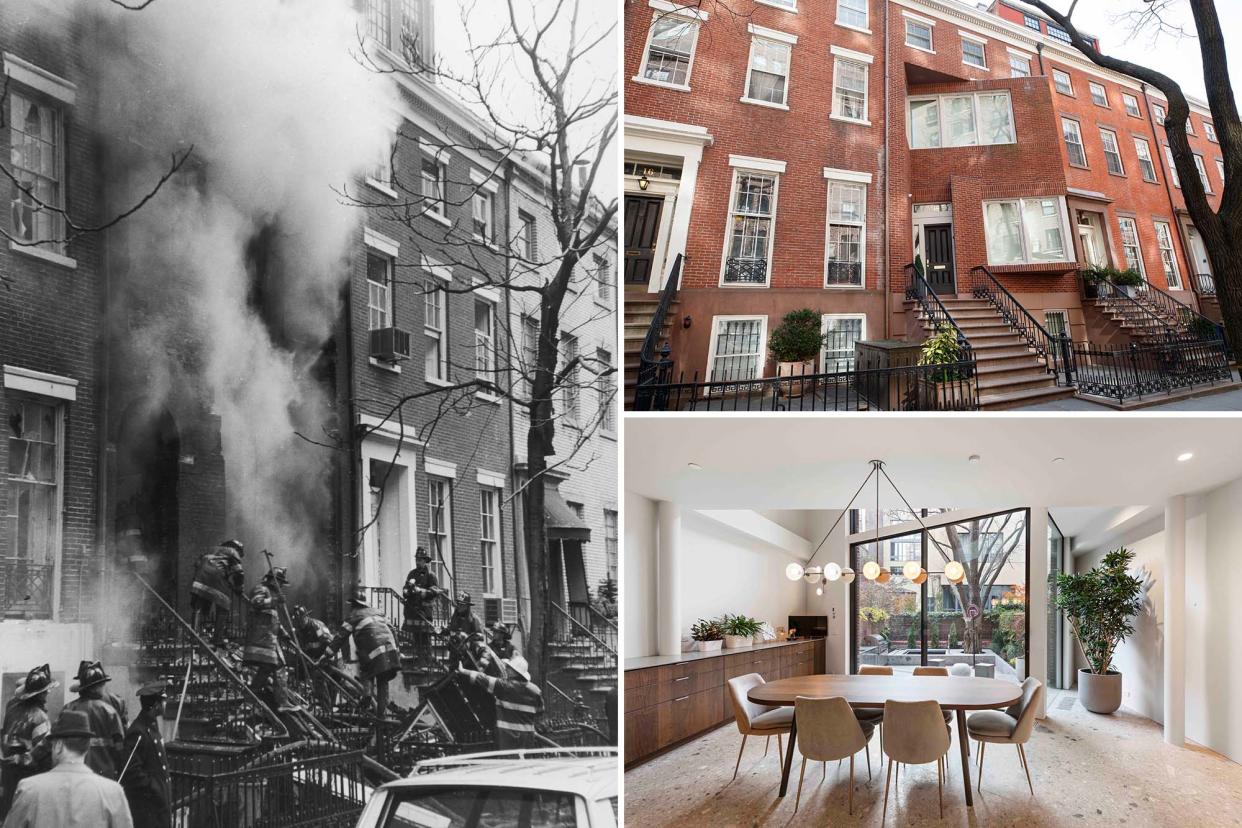
- Oops!Something went wrong.Please try again later.
Exactly 54 years after the fatal explosion inside 18 W. 11th St. in Manhattan’s Greenwich Village — and some four years of the residence bouncing on and off the market for sale — the tragic Weather Underground townhouse has yet to find its new owner.
Standing on the Gold Coast between Fifth and Sixth avenues, the unusually angled modern property — which stands apart design-wise from the row of flat-fronted Greek Revival townhouses surrounding it — quietly exited the market in October 2023 after last asking $18 million, according to a StreetEasy listing update.
Most recently represented by Clinton Stowe of Compass, who didn’t respond to requests for comment, it’s unclear as to whether this listing will return for sale. That said, it’s also unclear if it will find a new generation of owners to shepherd it into its next chapter — a step farther away from the death and destruction the address has long been known for.
Its current owner, WeWork co-founder Miguel McKelvey — who also didn’t return a request for comment — initially sought $21 million for the 21-foot-wide structure in late 2019. Six months later, in the thick of the COVID-19 pandemic, he took the listing off the market. He purchased it in 2015 for $12 million.
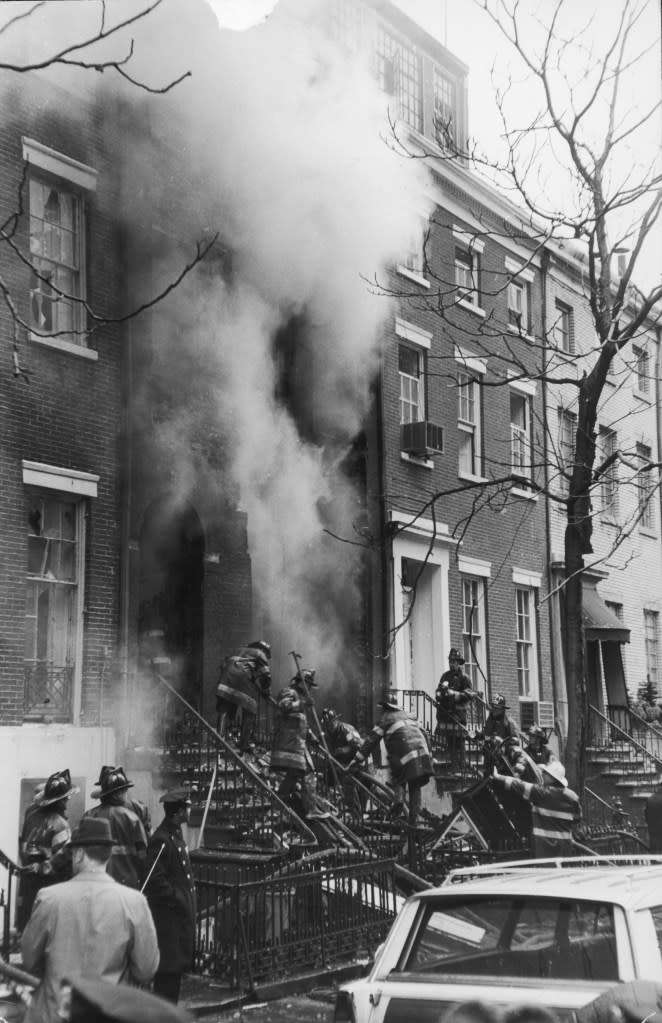
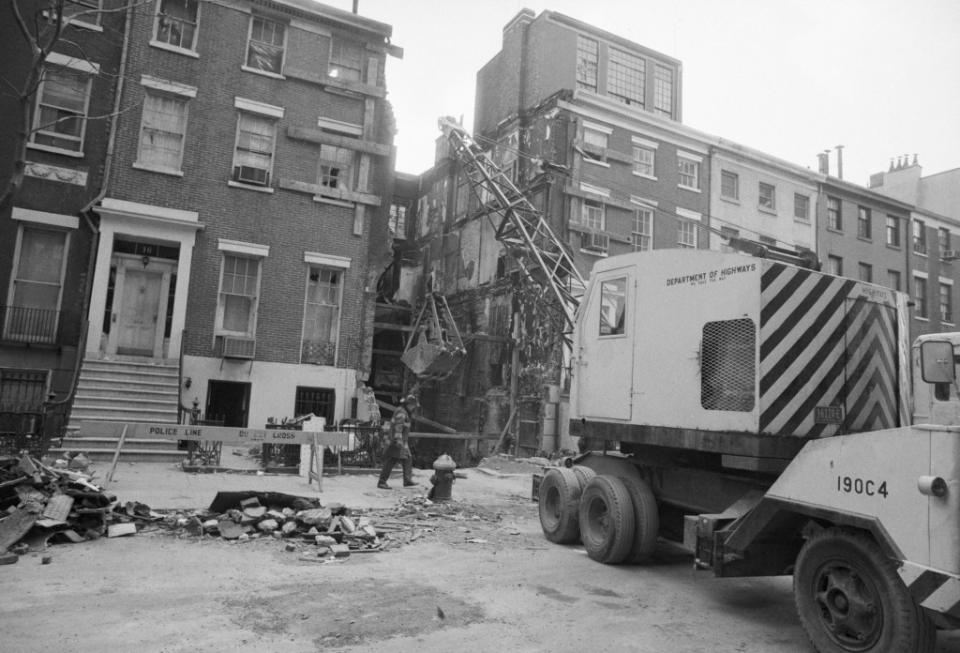
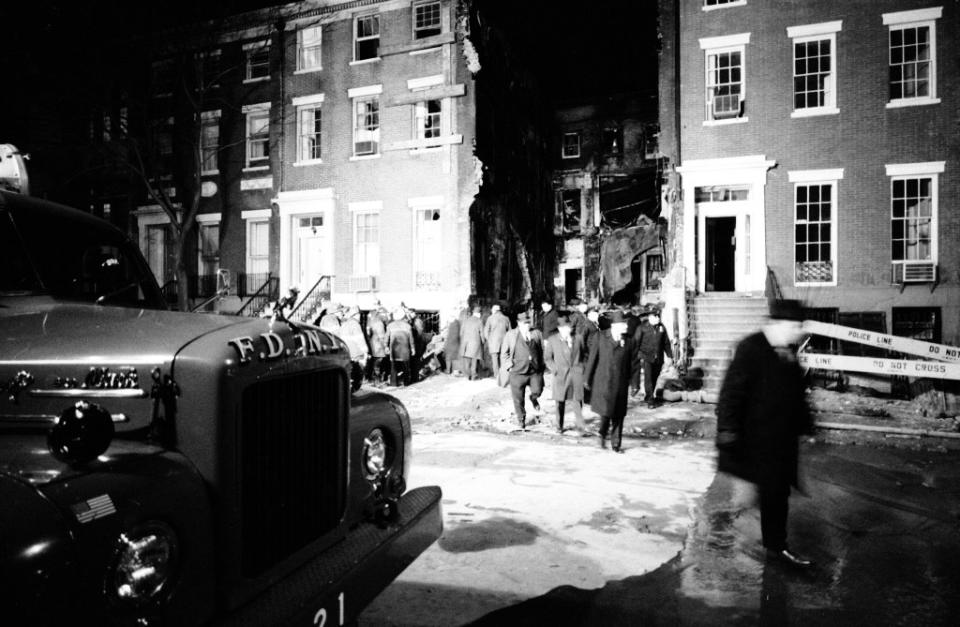
And while the 6,000-square-foot spread was also available for rent asking $50,000 a month, and even seemingly leased for that sum in 2021, McKelvey’s sales efforts remained unsuccessful. Records show that between early 2022 and late 2023, the home slid on and off the market with asking prices $18 million and $19 million.
More than 53 years before that point, however, the property faced an entirely different issue — one that infamously claimed several young lives.
Shortly before noon on March 6, 1970, several members of the radical leftist Weather Underground accidentally detonated a bomb inside the 1840s townhouse that previously stood on this plot of land. The townhouse, at that time, was owned by the advertising executive James Wilkerson and his second wife, Audrey, who were on vacation in St. Kitts.
Wilkerson’s daughter, Cathy, was a member of the Weather Underground, the militant faction of Students for a Democratic Society that purported to combat imperialism and racism, while a student at the prestigious Swarthmore College in Pennsylvania. She had asked her father if she could stay at the 10-room townhouse during his trip, and ended up being joined by four of her peers.
Kathy Boudin, Diana Oughton, Terry Robbins and Ted Gold joined her to assemble bombs, whose targets were believed to include Low Memorial Library at Columbia University. The latter three died in the basement blast, caused by a mistake with an electrical attachment. Boudin, who later served a nearly 20-year prison term for a fatal armored truck robbery in 1981, passed away in 2022 after a lengthy battle with cancer. The 79-year-old Wilkerson, today, remains the sole survivor of the explosion, for which she served 11 months of a three-year sentence.
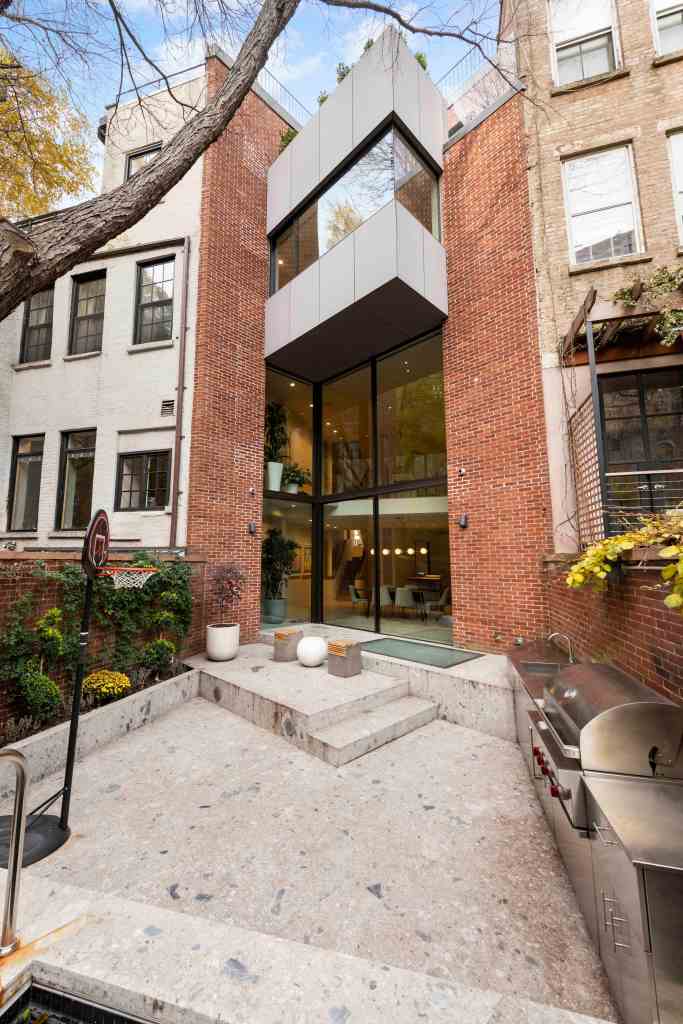
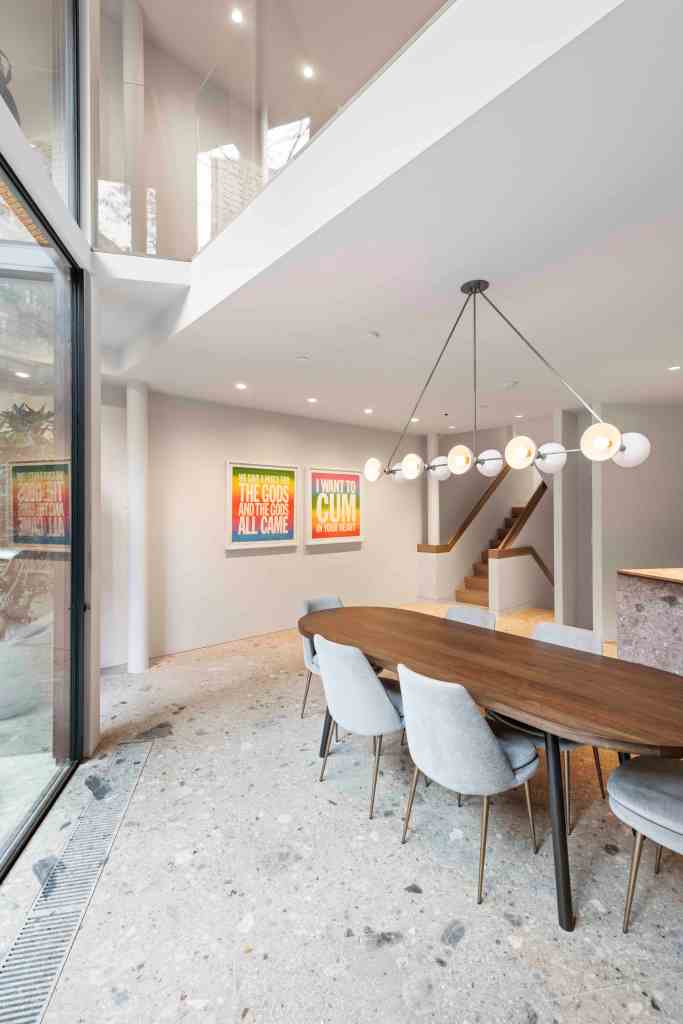
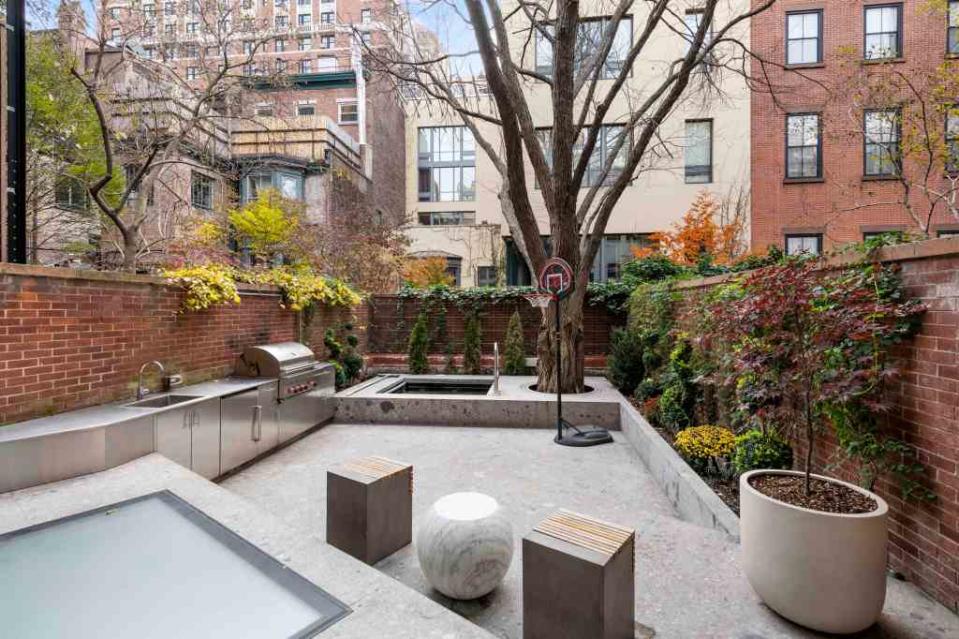
The destruction of the Wilkerson residence was thorough. The blast blew off the facade — press images from that day show smoke pouring out from the gaping hole — and the standing residence underwent an extensive reconstruction.
The architect Hugh Hardy, who died in 2017, joined forces with the Steuben Glass executive Francis Mason to buy the vacant lot three months after the blast for $80,000 — about $653,000 today. At that time, the standing home had been fully demolished; structural beams ran across the lot to support the neighboring residences.
Hardy set out to build a two-family home whose look would push boundaries. Today, passersby on West 11th Street can see exactly how that materialized, with a facade whose midsection angles out into the street at 45 degrees, resembling an open book. But a year before the explosion, the immediate block became part of a historic district, and any new plans required the approval of the city Landmarks Preservation Commission.


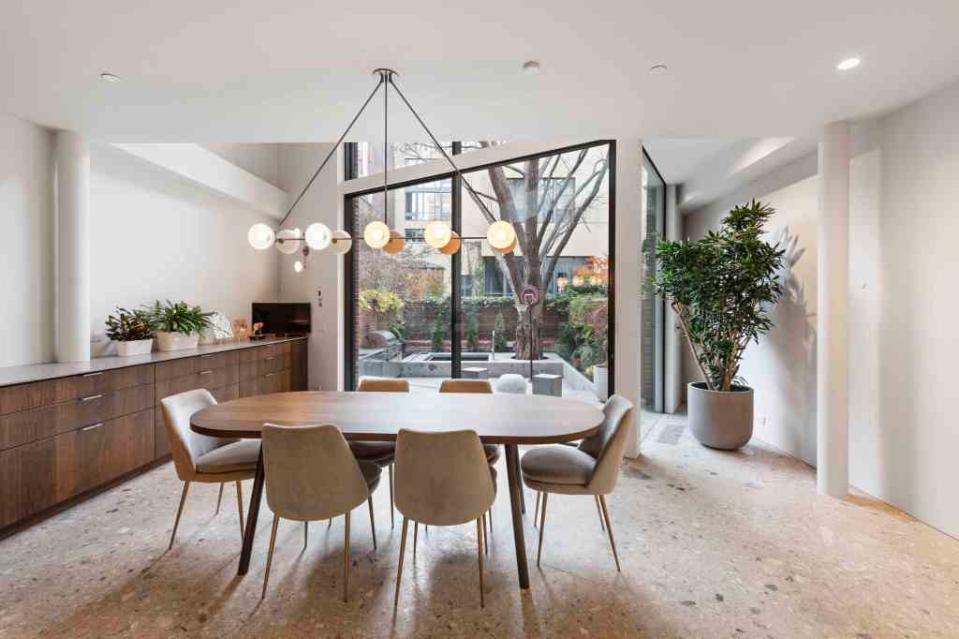

Neighbors themselves were torn on the proposal, but the design passed by one single vote.
Still, the lot remained vacant for the following eight years. In 1978, Hardy and Mason scrapped their plans and sold the land for an even $80,000 to the now-late Pennsylvania couple David and Norma Langworthy, who opted to keep the design plan in place. What ultimately rose: that angled facade, as well as split-level construction to give the appearance of 10 floors inside. The home remained in Langworthy family hands until 2012, when the estate of Norma sold it for $9.25 million.
The subsequent years saw McKelvey tap VonDalwig Architecture to open the split levels with glass to make an atrium that overlooks the levels, a feature visible in the most recent listing images. Complemented with massive floor-to-ceiling windows, the enhanced look allows for more light to flood in.
However, there are still no takers. That doesn’t mean this home is a lost cause.
Previously, the Greenwich Village Society for Historic Preservation’s longtime executive director Andrew Berman told The Post the home has stood the test of time — and will always be a reminder of the tragedy that birthed it.
“The Weather Underground explosion is now as much a part of the history of the [historic district] as anything else,” Berman says, “and it deserves to be remembered.”

